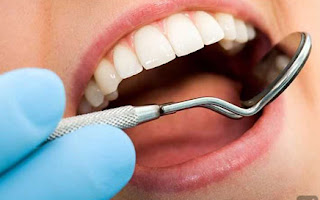Dental Roots: Formation, Lengthening and Malformations of Roots| Stephy Publishers

SOJ Dental and Oral Disorder - (SOJDOD) | Stephy Publishers ISSN 2768-6221 Abstract The Hertwig’s Epithelial Root Sheath (HERS) includes two layers: the Outer Enamel Epithelial Root Sheath and the Inner Enamel Epithelium Epithelium (IEE and OEE). They contribute both to the root formation. The inner columnar epithelial cells (IEE) of the dental papilla are formed by cells located near the dental papilla. They are at the origin of odontoblasts expressing FGF-4, -8 and -9 and at later stages BMP-2 and BMP7. The Outer Epithelial cells (OEE) express SHH, Msx2, enamel matrix proteins, paxillin, and Pax-6. When the cells of the HERS dissociate, intercellular spaces enlarge. Cells migrate from the epithelial sac, and underwent phenotypic inter conversion into cementoblasts and later cementocytes. The Hertwigs enamel epithelium contributes to cementum formation. Epithelial rest of Malassez is remnants of the Hertwig’s root sheath. They are implicated in cementogenesis. Root length






